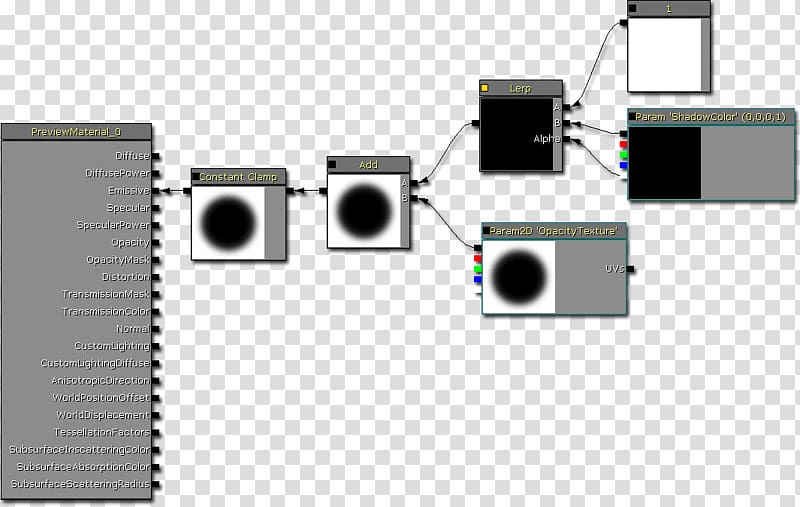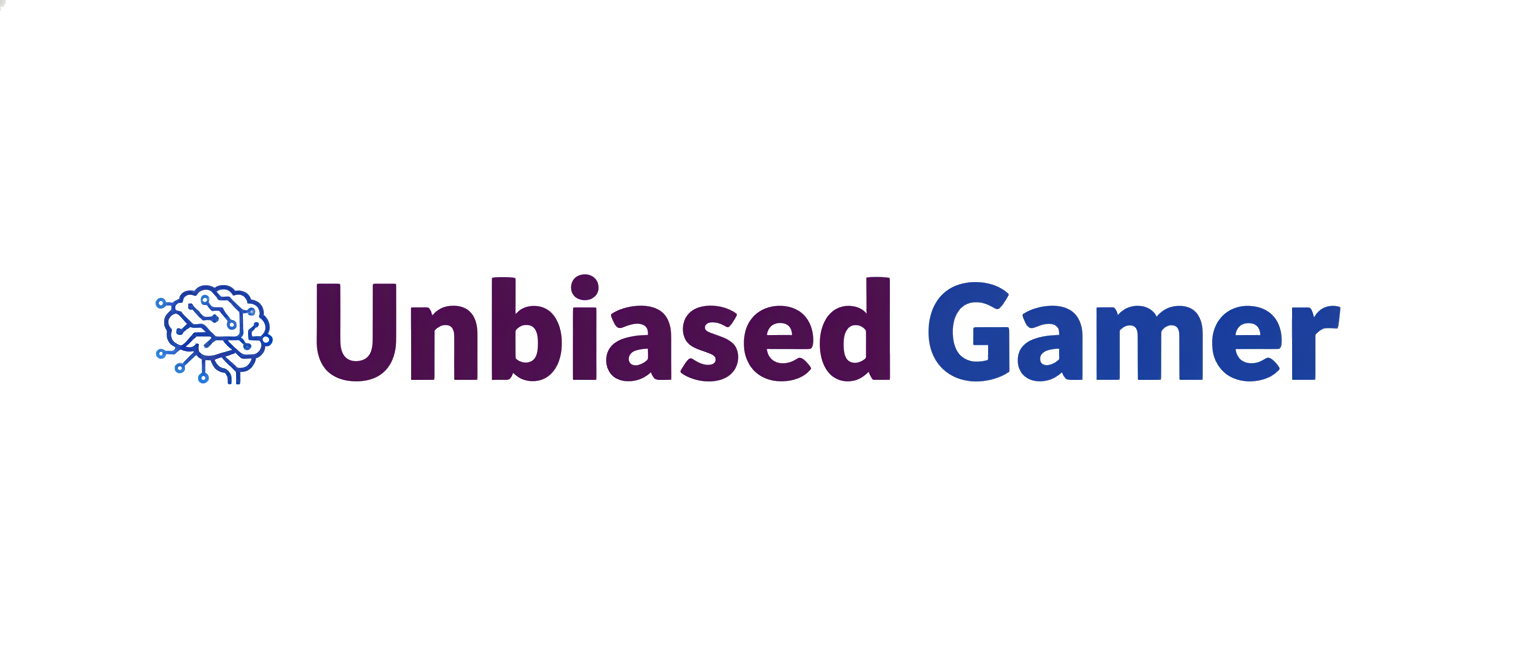The Illusion of a Monolithic Standard in Game Development
For anyone aspiring to break into the dynamic and ever-evolving Gaming Industry, the first question is often, “What software do I need to learn?” This question sends countless students and hobbyists down a rabbit hole of forum debates and YouTube tutorials, searching for the single “industry standard” tool that will unlock a career in Game Development. The belief is that mastering one specific program—be it Maya for 3D modeling or a particular IDE for coding—is the golden ticket. However, the biggest myth perpetuated in gaming is that such a singular standard actually exists.
The reality is far more nuanced and, frankly, more liberating. While behemoths like Unreal Engine and Unity dominate the engine landscape, the full development pipeline is a complex ecosystem of dozens of specialized tools. Studios, from sprawling AAA Games creators to nimble Indie Games teams, build custom workflows tailored to their specific needs, budgets, and creative goals. What matters most isn’t the name of the software on your resume, but the fundamental skills you possess and your ability to adapt. The ultimate goal is to get a high-quality asset, a clean piece of code, or a well-designed level into the final game engine. How you get there is often secondary to the quality of the result. This software-agnostic approach is not just a preference; it’s a strategic advantage in a field defined by rapid technological change.
The Engine at the Core: Unity vs. Unreal and Beyond
The conversation about standards almost always begins with the game engine. The latest Unreal Engine News often highlights breathtaking new features in rendering and world-building, while Unity News showcases its incredible versatility across platforms, from Mobile Gaming to VR Gaming. These two engines are undeniably the titans of the industry, powering a vast majority of titles you see discussed in PC Gaming and Console Gaming circles. From the intense firefights in Valorant to the creative worlds of indie darlings, their fingerprints are everywhere.
However, their dominance doesn’t equate to a universal standard. Many of the largest AAA publishers maintain and continuously develop their own proprietary engines. Electronic Arts uses Frostbite for series like Battlefield and Dragon Age. Guerrilla Games’ Decima Engine powers both Horizon Zero Dawn and Death Stranding, a testament to its power, which is often a topic in PlayStation News. Rockstar Games has its RAGE engine for Grand Theft Auto and Red Dead Redemption. These studios invest millions in custom technology to achieve a unique look and feel, giving them a competitive edge. For developers at these companies, proficiency in a proprietary toolset is taught on the job. Furthermore, the open-source Godot engine is rapidly gaining traction in the indie scene, offering a powerful, free alternative that fosters a unique development culture.
The Asset Creation Pipeline: A “Best Tool for the Job” Mentality
Beyond the engine, the asset creation pipeline is even more fragmented. A 3D artist’s workflow is a perfect case study. While Autodesk Maya and 3ds Max were long considered the default for modeling and animation, the open-source Blender has shattered that perception. Its rapid development, powerful feature set, and non-existent price tag have made it a favorite not only for Indie Games developers but also for an increasing number of professionals in major studios. Some artists might use Maya for rigging and animation, Blender for modeling, and ZBrush for high-poly sculpting—all for the same character.
This “best tool for the job” philosophy extends to every discipline:
- Texturing: Adobe’s Substance 3D Painter and Designer are incredibly popular for creating realistic materials, but many artists integrate Quixel Mixer (now owned by Epic Games) or 3D Coat into their workflow.
- VFX: Houdini is the undisputed king for complex procedural effects like explosions and fluid dynamics, but many real-time effects seen in FPS Games or MOBA Games are created directly within Unreal’s Niagara or Unity’s VFX Graph.
- Audio: Sound designers might use Pro Tools or Reaper for editing, but implement their work using middleware like FMOD or Wwise, which then hooks into the game engine.
The key takeaway is that studios build a pipeline from these disparate pieces. They care about the final result: a game-ready, optimized model with clean topology and PBR-compliant textures that can be seamlessly imported into their engine of choice. The software used to create it is merely a means to an end.

People Over Pipelines: The Studio Perspective
Understanding why this fragmentation exists requires looking at Game Development from a studio’s point of view. For an established company, its development pipeline is a complex, deeply integrated system, often featuring custom scripts, proprietary tools, and years of institutional knowledge. Changing a core piece of that pipeline is an expensive and disruptive undertaking. It’s far more efficient and cost-effective to train a talented new hire on their specific workflow than to re-engineer the entire system.
Foundational Skills Trump Tool-Specific Knowledge
This is why hiring managers in the Gaming Industry prioritize foundational, transferable skills over a checklist of software proficiencies. A portfolio that demonstrates a deep understanding of the principles of a discipline is infinitely more valuable than one that simply shows competence in a single program. These core competencies are the true “industry standard.”
Consider these examples across different roles:
- For a 3D Artist: A studio isn’t just looking for a “Maya user.” They are looking for an artist who understands anatomy, silhouette, form, color theory, and light. They need someone who can create clean, efficient topology for animation, unwrap UVs without distortion, and bake perfect normal maps. An artist who can demonstrate these skills in Blender is just as, if not more, valuable than a mediocre artist who only knows Maya.
- For a Gameplay Programmer: While engine specialization in C++ for Unreal or C# for Unity is often required, the underlying skills are what matter. A strong grasp of linear algebra, data structures, software architecture patterns, and problem-solving logic is universal. A programmer who understands how to design and implement a robust gameplay system can adapt to a new engine’s API much faster than someone who only knows a few engine-specific functions but lacks a deep understanding of computer science principles. This is critical for building the complex systems behind today’s top Battle Royale games like Fortnite and Apex Legends.
- For a Level Designer: Whether using Unreal’s editor, Unity’s ProBuilder, or a custom tool, the principles of good level design remain the same. A designer must understand pacing, player guidance, sightlines, cover placement, and how to create engaging gameplay spaces. Their portfolio should showcase these design sensibilities, not just their ability to operate a specific editor.
The Rise of the Software-Agnostic Professional
Because of this focus on fundamentals, the most successful and resilient professionals in the Gaming Industry are software-agnostic. They identify as artists, programmers, or designers first, and users of a particular tool second. This mindset fosters adaptability and a commitment to continuous learning—essential traits in an industry where new Gaming Tech emerges constantly. A developer who is comfortable jumping between toolsets is better equipped to handle a studio’s unique pipeline, contribute to different projects, and stay relevant as technology evolves. This flexibility is especially important with the growth of new platforms like Cloud Gaming and the increasing complexity of titles featured in Esports News, such as Counter-Strike or Dota 2.
Building a Future-Proof Skillset in the Gaming Industry
So, what does this mean for you? Whether you’re a student just starting or a professional looking to advance, the path forward is clear: focus on building a robust, tool-agnostic skillset. Your goal should be to become a great problem-solver in your chosen discipline.
For Students and Aspiring Developers: Focus on the “What,” Not Just the “How”
Instead of getting paralyzed by the “Blender vs. Maya” or “Unreal vs. Unity” debate, reframe your learning process. The question isn’t “Which software should I learn?” but rather “What fundamental skills do I need to master?”

- Build a Portfolio of Fundamentals: Your portfolio is your single most important asset. Don’t just show the final, rendered beauty shot. Show your wireframes to prove you understand topology. Display your texture maps to demonstrate your knowledge of PBR workflows. For programmers, host your code on GitHub and document your design patterns and problem-solving process. This tells a hiring manager more than any list of software ever could.
- Leverage Free and Accessible Tools: The accessibility of professional-grade free software is a game-changer. You can learn the fundamentals of 3D art with Blender, game programming with Godot, and texturing with Quixel Mixer without spending a dime. This democratizes learning and allows you to build a strong foundation that can be applied to any commercial software later.
- Analyze Your Favorite Games: Deconstruct the games you love. If you’re an aspiring designer, analyze the level design in a Call of Duty campaign or an RPG Games classic. If you’re an artist, study the character design and asset optimization in Overwatch or League of Legends. Understanding the “why” behind design decisions is a skill that transcends any tool.
For Professionals: Continuous Learning and Cross-Training
For those already in the industry, the principle of adaptability remains paramount. Complacency is the enemy of career longevity. The tools and techniques used to build today’s hits will be outdated tomorrow. Staying curious and continuously learning is not just a recommendation; it’s a necessity.
- Explore New Software: If your studio uses 3ds Max, spend a weekend learning Blender’s geometry nodes. If you’re a Unity developer, download Unreal Engine 5 and experiment with Lumen and Nanite. This cross-training not only makes you more versatile but also gives you new perspectives on how to solve problems.
- Stay Informed: Keep up with Gaming News and development trends. Follow GDC talks, read technical blogs from studios, and participate in the Gaming Community. Understanding where the industry is heading, from advances in Graphics Cards and Gaming PCs to the rise of AR Gaming, will help you anticipate the skills that will be in demand.
Navigating the Nuances: When Specifics Do Matter
While the “software-agnostic” philosophy is a powerful guiding principle, it’s important to acknowledge the exceptions where specific software knowledge is a hard requirement. Dismissing job requirements entirely would be naive. The key is to understand the context.
Engine Specialization for Programmers
The most significant exception to the rule is for programmers. While foundational computer science skills are paramount, the APIs, programming languages (C++ for Unreal, C# for Unity), and core architecture of modern game engines are incredibly complex. A job posting for an “Unreal Engine Gameplay Programmer” is not flexible; it requires deep, demonstrable experience with Unreal’s UObject architecture, Blueprints, and the C++ API. An expert Unity programmer cannot simply walk into this role without a significant learning curve. Therefore, programmers often need to choose an engine to specialize in to be effective professionally.
Studio-Specific Job Requirements

Always read job descriptions carefully. If a studio like Blizzard, known for its iconic art style and deep lore often discussed in MMORPG News, consistently asks for applicants with experience in their specific toolset, it’s a strong signal about their entrenched pipeline. While a stellar portfolio might get you an interview, demonstrating some familiarity with their preferred software can give you a competitive edge. This is especially true for highly specialized roles, such as a Technical Animator at a studio known for its use of Autodesk MotionBuilder.
“De Facto” Standards in Niches
Finally, some tools are so dominant in their specific niche that they become a “de facto” standard. For high-end digital sculpting, ZBrush is nearly ubiquitous. For procedural generation and complex visual effects, Houdini is the undisputed champion. While alternatives exist, proficiency in these specific programs is a massive advantage for anyone targeting roles in character art or VFX. They are powerful force-multipliers that studios expect specialists to know.
Conclusion: Your Skill is the Standard
The search for a single “industry standard” in game development is ultimately a futile one. The Gaming Industry is not a monolith but a vibrant, diverse ecosystem of creative studios, each with its own unique culture, challenges, and technical pipelines. The true standard is not a piece of software but a high level of skill, a deep understanding of fundamental principles, and an unwavering commitment to adaptability.
For aspiring developers, this is empowering news. It means your journey is not defined by your access to expensive software but by your dedication to your craft. Focus on building a portfolio that screams talent, not a resume that lists tools. Learn to solve problems, to create compelling art, to write clean code, and to design engaging experiences. Master the fundamentals, stay curious, and embrace the fact that learning is a continuous part of the job. In an industry that is constantly reinventing itself, the most valuable asset you can have is the ability to adapt and grow. Your skill, not your software, is the ultimate standard.












